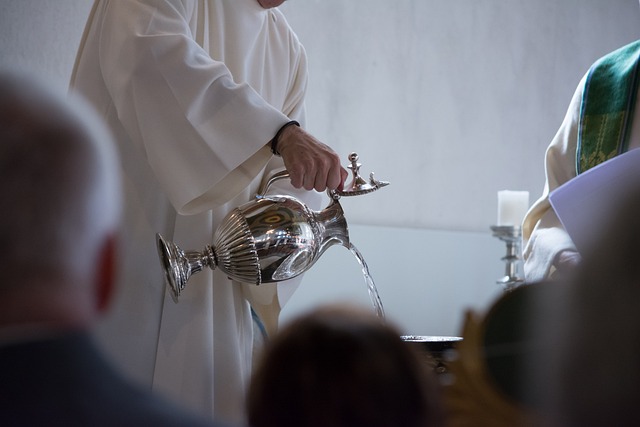Throughout the ages, the incense burner has stood as a vibrant symbol of spirituality and ritual across various religious traditions. Its role transcends simple functionality; it embodies the very essence of an offering, connecting the tangible with the divine. Whether in a Catholic church, a Buddhist temple, or a Pagan ceremonial space, the act of burning incense creates a sacred atmosphere that elevates spiritual practices to new heights.
The gentle wafting of incense smoke carries with it age-old traditions, infusing sacred spaces with an olfactory tapestry that enhances meditation and prayer. In many religions, the act of lighting incense serves as a tangible representation of prayers rising to the heavens, symbolizing the belief that the sweet aroma is a divine invitation to connect with higher powers. For practitioners, this transformation of elements—wood, resin, and oils—into fragrant smoke holds deep significance, making the incense burner an essential tool in their spiritual toolkit.
In Hindu rituals, for instance, the burning of incense is an integral part of puja (worship). The fragrant offerings are believed to invite deities to participate in the ceremony. Each fragrant ingredient, from sandalwood to jasmine, carries its unique energy, allowing practitioners to align their spiritual offerings with their intentions. The careful selection and burning of incense add depth to these rituals, reinforcing the connection between the earthly and divine realms.
In Buddhism, smoke from an incense burner is a reminder of the transitory nature of life. As the smoke rises and dissipates, it serves as a metaphor for impermanence, prompting practitioners to reflect on the present moment. Incense is often burned during meditation sessions, creating an environment conducive to mindfulness and introspection. The act of inhaling sacred scents can enhance focus and tranquility, making it a vital component of many Buddhist practices across the globe.
For various Pagan traditions, the incense burner plays a crucial role in rituals that honor seasonal changes, lunar phases, and elemental energies. Different herbs and resins are chosen not just for their aromas but for their correspondences—earth, air, fire, and water—allowing practitioners to invite the energies of nature into their sacred spaces. The act of burning incense during these rituals is both an offering and a call for alignment with the universe, making the connection feel even more profound.
The artistry of the incense burner itself often reflects the intent of the user. From ornate designs to simple, minimalist styles, these vessels serve as focal points in spiritual practices. This craftsmanship goes beyond mere aesthetics; it embodies the reverence and respect that believers hold for their rituals. The very act of preparing the incense and burner becomes a ceremony in itself. Practitioners often approach the process with mindfulness, setting their intentions as they create sacred space.
As modern life often pulls individuals away from their roots, reconnecting with the ritualistic use of an incense burner can be therapeutic. It offers a moment of pause in a whirlwind of daily chaos, inviting reflection and engagement with one’s inner self. For many, the simple act of lighting incense can recapture a sense of belonging, grounding practitioners in the rich tapestry of their ancestral religions. As the smoke curls and dances, it transports us to the memories of past rituals and traditions, reminding us of our shared human experience in the divine.
The variety of incense available today allows individuals to create personalized rituals that resonate with their unique spiritual journeys. Each scent has its own metaphysical properties, and the selection process can become an intimate exploration of self-discovery. As practitioners find scents that speak to their souls, the incense burner becomes a cherished companion on their spiritual paths, an instrument of healing, and a vessel for their prayers and intentions.



